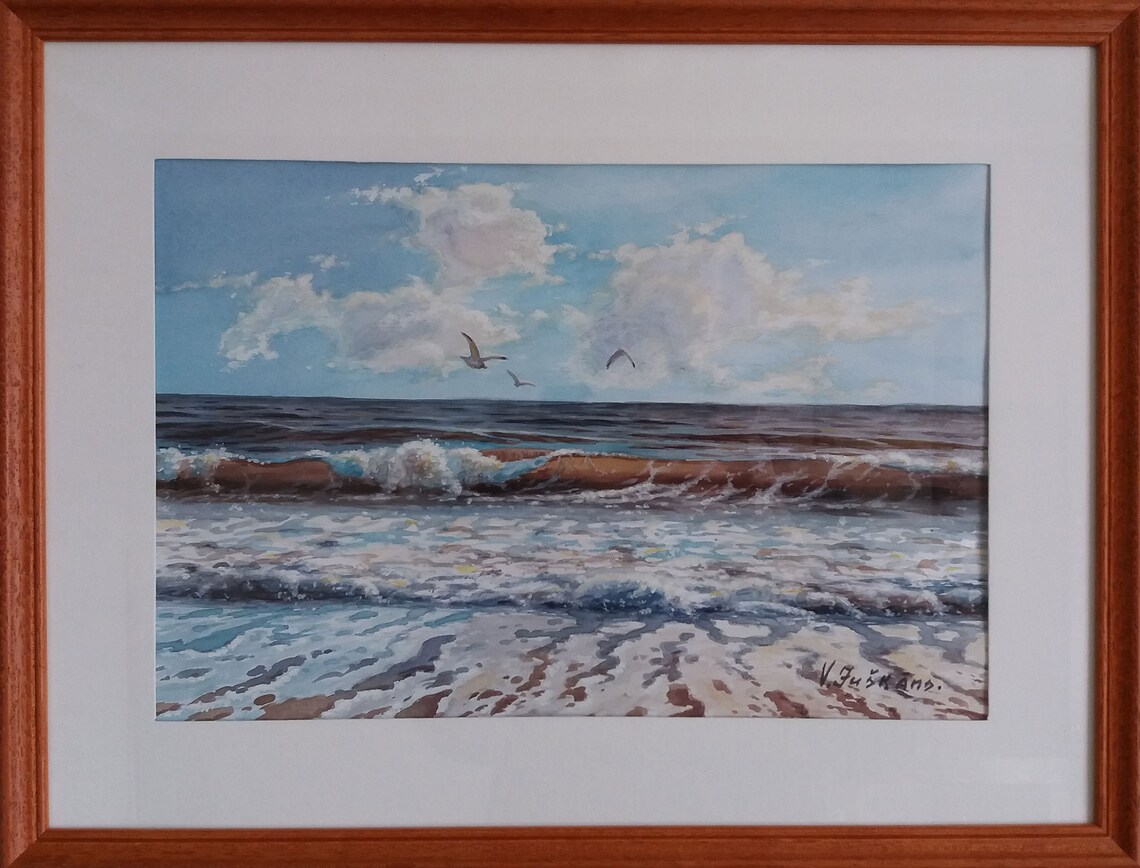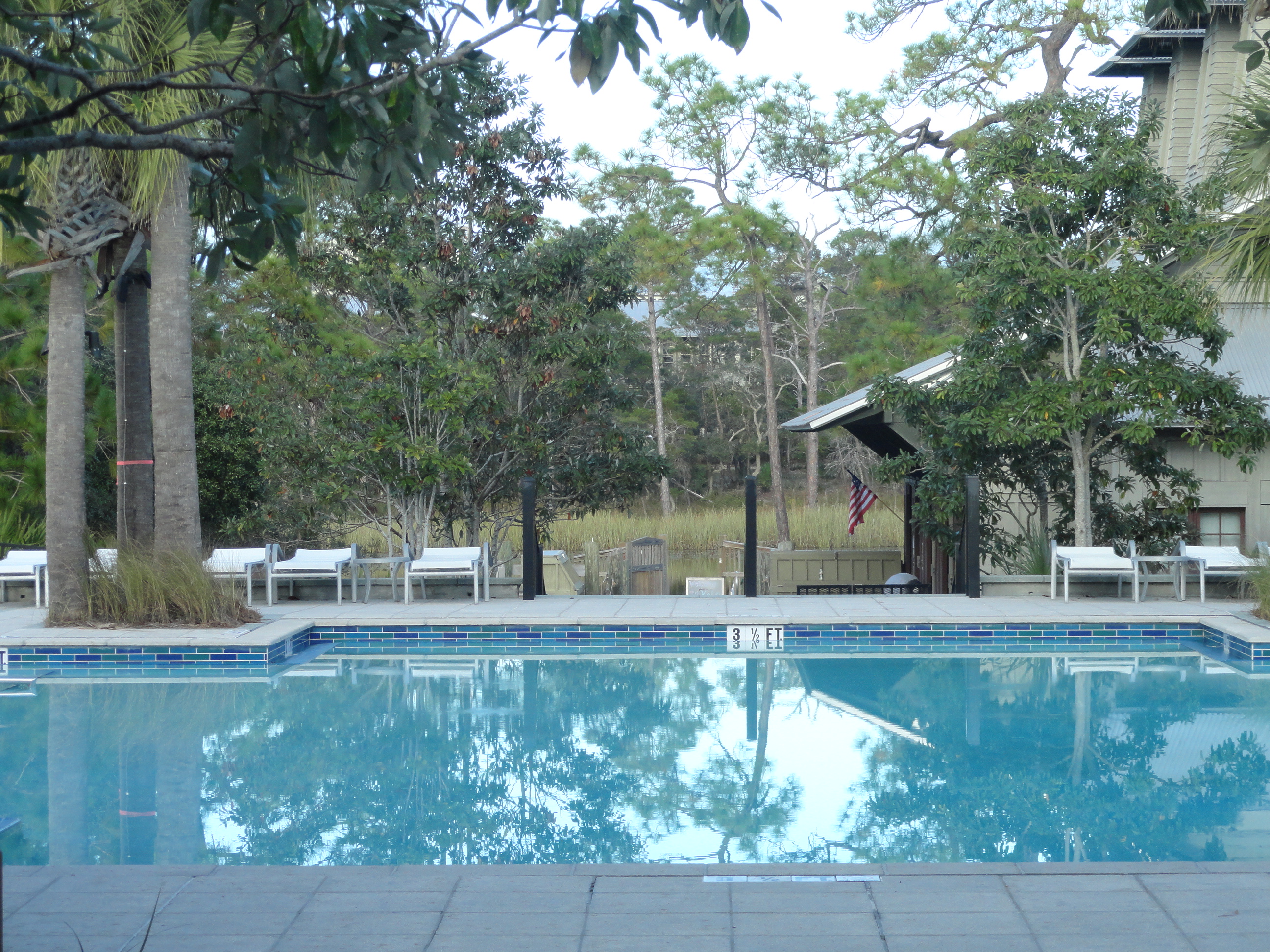

Watch carefully as it turns from glossy (wet) to mid-sheen (half-dry). Let it dry – it should dry to a matt finish.ģ Repeat the previous step with thicker paint.

Pick up the paper and move it around so that the colours blend. Mix up some watery washes and drop them onto the paper. Let it dry.Ģ Dampen the paper with a brush. Spatter patches of masking fluid onto the paper with the toothbrush.

Add dots and tiny crosses around the edge. Watercolour paint – tubes are best choose 3-5 colours that they like.ġ Using a mapping pen, apply fine lines of masking fluid radiating out from a central point to ‘draw’ the dandelion clock.In my experience, children do appreciate the difference – and they are quite capable of using them sensibly. Always give children the best you have available. I am always upset to see youthful enthusiasm thwarted by a lack of success due to the use of poor-quality art materials. This project will help master the crucial skill of watching paint dry… and thereby teach when to apply more paint and how much water to use! The project also offers the opportunity to consider ways of applying the paint, and the effect that layering paint has on the texture and colour of a finished piece. Link copied to clipboard Experience the true magic of watercolour by letting children experiment with ways of introducing texture to a painting


 0 kommentar(er)
0 kommentar(er)
